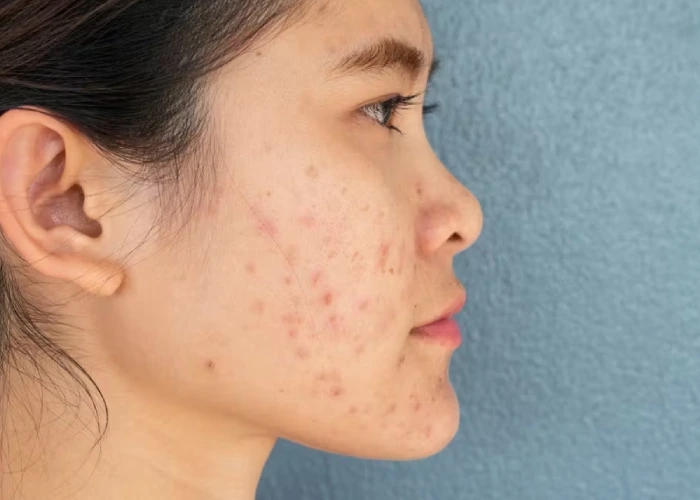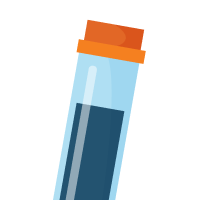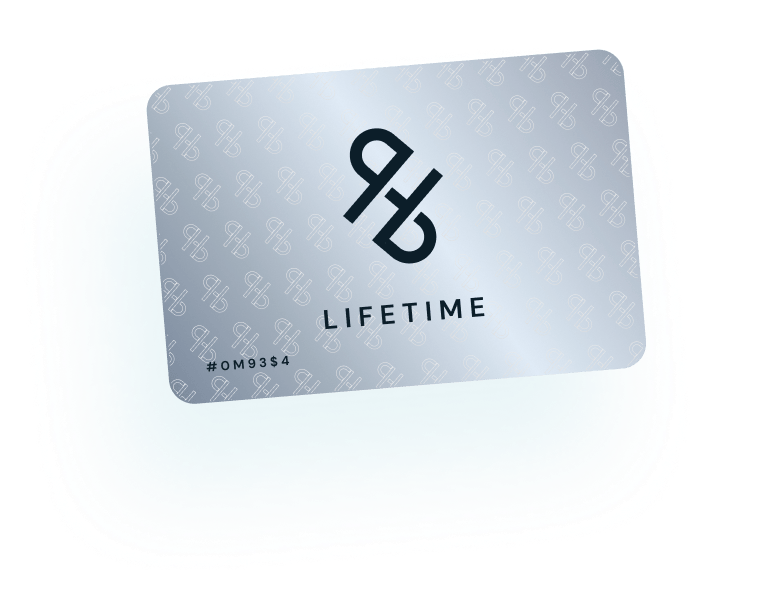Throughout life’s remarkable journey, our bodies undergo a myriad of transformations, many of which are orchestrated by the intricate dance of hormones. These chemical messengers, though minuscule in size, wield immense power over our physical and physiological well-being, including the health and vitality of our skin and hair. From the turbulent tides of puberty to the ebb and flow of pregnancy and menopause, hormonal shifts can leave indelible marks on our outward appearance, prompting changes that may seem bewildering or even disconcerting.
In this comprehensive exploration, we delve into the profound impact of hormonal changes on hair and skin health, shedding light on the underlying mechanisms and offering insights into navigating these transformations with grace and informed strategies.
Puberty: The Awakening of Hormonal Upheaval
Puberty, that pivotal stage of development, heralds the arrival of a hormonal symphony that can profoundly influence both skin and hair. As the body awakens to the release of hormones like gonadotropin-releasing hormone, luteinizing hormone (LH), and follicle-stimulating hormone (FSH), a cascade of events is set in motion.
Skin Metamorphosis: Navigating Oily Complexions and Acne
During this phase, the sebaceous glands, responsible for producing sebum (oil), become more active, leading to an increase in skin oiliness. This excess sebum, combined with hormonal changes and the presence of bacteria, can contribute to the development of acne, a common concern during puberty.
Additionally, the apocrine glands in the armpits become more active, producing sweat that, when combined with bacteria, can lead to body odour.
Tips for Maintaining Healthy Skin During Puberty
- Establish a consistent skincare routine, incorporating gentle cleansers and non-comedogenic (non-pore-clogging) products.
- Seek professional guidance from a dermatologist for moderate to severe acne cases that may require targeted treatment.
- Embrace patience and self-care, as the skin adjusts to the hormonal shifts.
Hair Transformation: Embracing Oily Locks and New Growth
Just as the skin undergoes changes, the hair follicles also experience an increase in sebum production, leading to oilier hair. Additionally, secondary hair growth in areas like the pubic region and armpits may occur during this time.
Tips for Maintaining Healthy Hair During Puberty
- Adjust hair washing frequency to accommodate the increased oil production.
- Embrace the natural changes in hair texture and growth patterns.
- Seek professional guidance if excessive hair loss or thinning becomes a concern.
Pregnancy: The Radiant Glow and Tresses
Pregnancy, a remarkable journey of life, brings about a unique set of hormonal shifts that can leave their mark on both skin and hair.
Skin Radiance and Pigmentation Changes
During pregnancy, hormonal surges can lead to the development of melasma, a condition characterised by darkening of the skin around the cheeks, nose, and forehead. Additionally, the areola (the area surrounding the nipples) may darken, and a dark line called the linea nigra may appear, extending from the stomach to the pubic area.
Tips for Navigating Skin Changes During Pregnancy
- Protect your skin from sun exposure, as it can worsen hyperpigmentation.
- Wear broad-brimmed hats and apply broad-spectrum sunscreen with an SPF of 30 or higher.
- Embrace the natural changes, as many pigmentation issues may resolve after pregnancy.
Hair Growth and Postpartum Shedding
Pregnancy can prolong the hair growth cycle, leading to thicker, more lustrous locks. However, after giving birth, some women may experience postpartum hair loss, a condition characterised by excessive shedding due to the body’s stress response.
Tips for Maintaining Healthy Hair During and After Pregnancy
- Embrace the temporary nature of postpartum hair shedding, as the hair will regrow over time.
- Seek professional guidance if excessive hair loss persists beyond the expected timeframe.
- Maintain a balanced diet and hydration to support overall hair health.
Perimenopause and Menopause: Embracing the Transition
As women approach perimenopause and menopause, hormonal shifts can bring about significant changes in both skin and hair health.
Skin Aging and Dryness
During this phase, the production of collagen and elastin, proteins responsible for skin firmness and elasticity, decreases, leading to more visible wrinkles and fine lines. Additionally, cumulative sun exposure may result in the appearance of sunspots (solar lentigines), and sebum production may decline, causing dryness.
Tips for Maintaining Healthy Skin During Perimenopause and Menopause
- Incorporate rich, nourishing moisturisers into your skincare routine to combat dryness.
- Seek professional guidance from a dermatologist for persistent acne or other skin concerns.
- Embrace a consistent sun protection routine to minimize further sun damage.
Hair Thinning and Greying
Hormonal changes during perimenopause and menopause can lead to a decrease in melanin production, resulting in greying or whitening of hair. Additionally, the hair growth cycle may shorten, and hair follicles may become thinner, contributing to overall hair thinning and a less dense appearance.
Tips for Maintaining Healthy Hair During Perimenopause and Menopause
- Adjust hair washing frequency to accommodate dryness and potential shedding.
- Seek professional guidance from a dermatologist or trichologist for persistent hair loss or thinning concerns.
- Explore gentle styling techniques and products to minimise further hair damage.
Lifestyle Factors and Their Impact
While hormonal changes are a natural part of life, certain lifestyle factors can exacerbate or mitigate their effects on skin and hair health.
Sun Exposure and Smoking
Excessive sun exposure can accelerate the aging process, contributing to skin cancers, sunspots, and wrinkles. Additionally, smoking can have a detrimental impact on skin health, potentially leading to premature aging and other skin concerns.
Stress and Diet
Stressful events or periods of intense stress can trigger hair shedding, while an imbalanced diet lacking in essential nutrients like iron and protein may contribute to hair loss and thinning.
Tips for Maintaining Healthy Skin and Hair Through Lifestyle Changes
- Practice sun protection measures, such as wearing protective clothing and applying broad-spectrum sunscreen.
- Quit smoking or avoid secondhand smoke exposure.
- Manage stress through healthy coping mechanisms like exercise, meditation, or seeking professional support.
- Maintain a balanced diet rich in essential nutrients to support overall skin and hair health.
Seeking Professional Guidance
While some changes in skin and hair health are expected during hormonal shifts, persistent or severe concerns may warrant seeking professional guidance from a dermatologist or trichologist.
When to Consult a Dermatologist
- If moisturisation and lifestyle changes fail to alleviate severe dryness or itching.
- If hair loss or thinning becomes excessive or impacts self-esteem and quality of life.
- For the evaluation and treatment of acne scarring or other skin conditions.
Treatment Options and Emerging Therapies
Dermatologists and trichologists may recommend various treatment options to address hormonal skin and hair concerns, including:
- Topical or oral medications for acne or hair loss.
- Platelet-rich plasma (PRP) therapy or microneedling for hair regrowth.
- Laser treatments or chemical peels for pigmentation issues or skin rejuvenation.
Additionally, emerging therapies like PRF (Platelet-Rich Fibrin) treatment, which involves injecting a fibrin scaffold rich in growth factors and cytokines, may offer promising solutions for hair loss and thinning.
Similarly, Patented growth factors (PGF) is a new technology that can be used as a powerful alternative to PRP (platelet rich plasma). PGFs work by supplementing the natural growth factor production that decreases as we age. It can reverse the cell ageing process, fade scars, and boost the body’s natural repair process for hair follicles and skin.
Embracing the Journey with Self-Care and Acceptance
Navigating hormonal changes can be a complex and often emotional journey, but embracing self-care and acceptance can make a significant difference. Remember that these transformations are natural and often temporary, and with the right strategies and professional guidance, you can maintain a healthy relationship with your skin and hair throughout life’s transitions.
By understanding the profound influence of hormonal fluctuations on hair and skin health, you can make informed decisions and adopt proactive measures to support your overall well-being. Embrace the changes, celebrate your unique journey, and prioritise self-care as you navigate the ebb and flow of hormonal shifts with grace and resilience.
If you’re looking for expert care to manage the effects of hormonal changes on your hair and skin, Hair and Skin Science is here to help. As the largest clinic for hair loss and skin rejuvenation in Australia, our services are led by experienced Australian doctors. We specialise in medical cosmetic services, including PRP and PRF treatments, external growth factor treatments, and FUE hair transplants. Contact Hair and Skin Science today to schedule a consultation and discover personalised solutions to enhance your hair and skin health.





